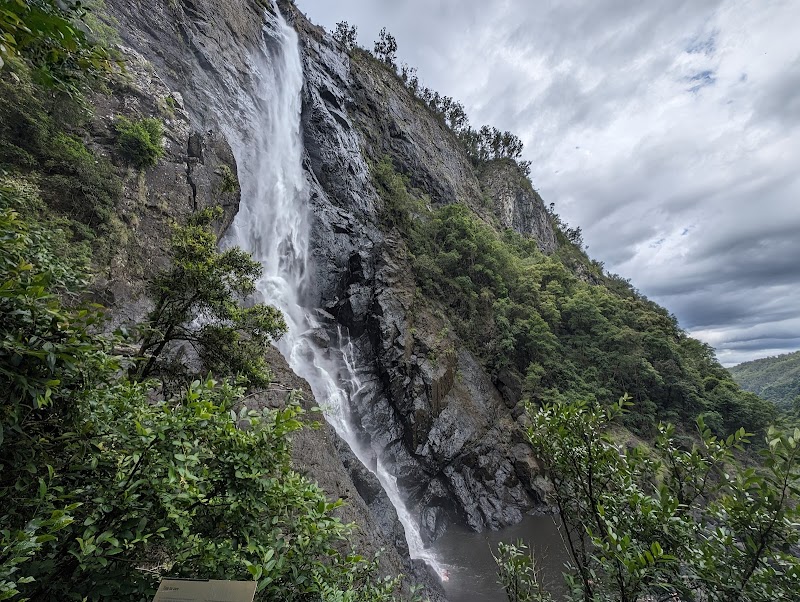
Ironman Australia Port Macquarie: An Unyielding Test of Endurance and Spirit
Ironman Australia in Port Macquarie tests athletes with a demanding swim, bike, and run course weaving through the coastal and bush landscapes of New South Wales. This guide offers key insights into the terrain and preparation needed to face one of the country’s premier endurance events.
Train for Open Water Conditions
The swim leg is in open ocean with variable currents and waves, so swimming in similar conditions beforehand improves confidence and safety.
Use Tiered Nutrition Strategy
Spacing food intake throughout the bike and run legs helps maintain energy without digestive issues — combine gels, bars, and electrolyte drinks for balance.
Footwear with Traction
The run takes place on mixed terrain, including gravel and sand patches, so shoes with reliable grip reduce slips and knee strain.
Start Early to Avoid Heat
The event kicks off at dawn to minimize heat exposure; align your sleep and warm-up routine accordingly to maximize performance.
Ironman Australia Port Macquarie: An Unyielding Test of Endurance and Spirit
Port Macquarie, set on the rugged New South Wales coastline, hosts one of the southern hemisphere’s most demanding multisport challenges: Ironman Australia. This competition stretches the limits with a 3.8 km ocean swim in the sometimes-choppy Pacific, a 180 km bike ride threading through undulating hinterland roads, and culminates with a full marathon along coastal and river trails that pull you into the surrounding bushland.
The swim tests your grit against ocean currents that nudge you relentlessly forward toward the shore, where the bike course begins with a challenge of rolling climbs and fast descents. Riders navigate a landscape where native eucalyptus trees seem to watch your progress, their shadows shifting with every pedal stroke. The terrain demands steady pacing and a keen eye on hydration and nutrition, as hydration stations are spaced 15-20 km apart — prepare accordingly.
The marathon leg is more than just distance. It winds through the natural reserves lining the Hastings River, where the trail surface shifts between compact gravel and patches of sand, urging respect for footing and alertness to roots and rocks. The forest breathes around you, leaves fluttering like an audience tracking your stride and the salty breeze lacing the course with hints of the ocean nearby. Runners must manage energy carefully; heat can rise aggressively as the day matures, especially in late summer.
To arrive ready, athletes should emphasize open water swim training to handle unpredictable waves and currents. For cycling, gearing that balances hill climbs with comfortable speeds on flats is crucial — compact cranksets paired with wider cassettes serve well here. Running shoes with adaptive grips help secure footing in mixed terrain. Early morning starts are advisable to beat the heat and experience the race in its most merciful hours.
Port Macquarie Ironman is no mere race; it is a full sensory engagement with nature’s persistence and patience. The environment neither yields nor conforms but challenges each competitor to find their rhythm amid the pulse of an enduring landscape. Whether you race for the finish or to absorb the experience, the course demands both respect and resolve.
Nearby Trips
All Adventures
Boat Charters
Water Activities
Adventures near Port Macquarie, New South Wales
Discover the unique and memorable adventures that make Port Macquarie, New South Wales special.
Frequently Asked Questions
What are lesser-known scenic spots along the Ironman course?
Near the bike route, a detour offers sweeping views of the Hastings River Valley. Along the marathon trail, the Comboyne State Forest glimpses provide tranquil breaks from the more open coastal stretches.
Which local wildlife might I encounter during the race?
Kangaroos and wallabies are common along the forested sections of the run. Early starts increase your chances of spotting native birdlife such as kookaburras and rosellas.
How long should I expect each leg to take on average?
Elite athletes finish around 8 hours; most participants range between 10 to 16 hours, with the marathon leg requiring 4-6 hours due to terrain complexity.
Are there any historical or cultural features near the course?
Port Macquarie sits on Birpai country, with Indigenous cultural landmarks near the town. The race passes close to historical sites like the Old Courthouse and early colonial settlements.
What environmental practices does Ironman Australia Port Macquarie enforce?
Organizers run strict waste management protocols, including mandatory recycling and no single-use plastics on course. Volunteers monitor sensitive bushland to minimize race impact.
Is the course accessible for spectators?
Yes. Key transition points in Port Macquarie’s town center and along the river trail provide good visibility. Several vantage points fit small groups without disturbing athletes.
Recommended Gear
Wetsuit
Provides buoyancy and thermal protection during the swim leg, crucial in cooler water conditions.
Cycling Helmet
Mandatory for safety on varied terrain during the long bike portion.
Trail Running Shoes
Designed to handle shifts between gravel, sand, and forest paths on the marathon route.
Hydration Pack or Belt
Keeps fluids and electrolytes within reach during extended hours under the sun.
Local Insights
Hidden Gems
- "Comboyne Plateau views accessible via nearby trails"
- "The Sea Acres Rainforest Centre—a short detour for pre- or post-race reflection"
- "Veterans Memorial Lookout offering panoramic views of the coastline"
Wildlife
- "Eastern grey kangaroo"
- "Sulphur-crested cockatoo"
- "Red-bellied black snake (avoid at dusk)"
History
"Port Macquarie was established as a penal settlement in 1821, forming the backdrop for many colonial-era structures still visible near the race route. Its Indigenous heritage remains a vital part of local identity."
